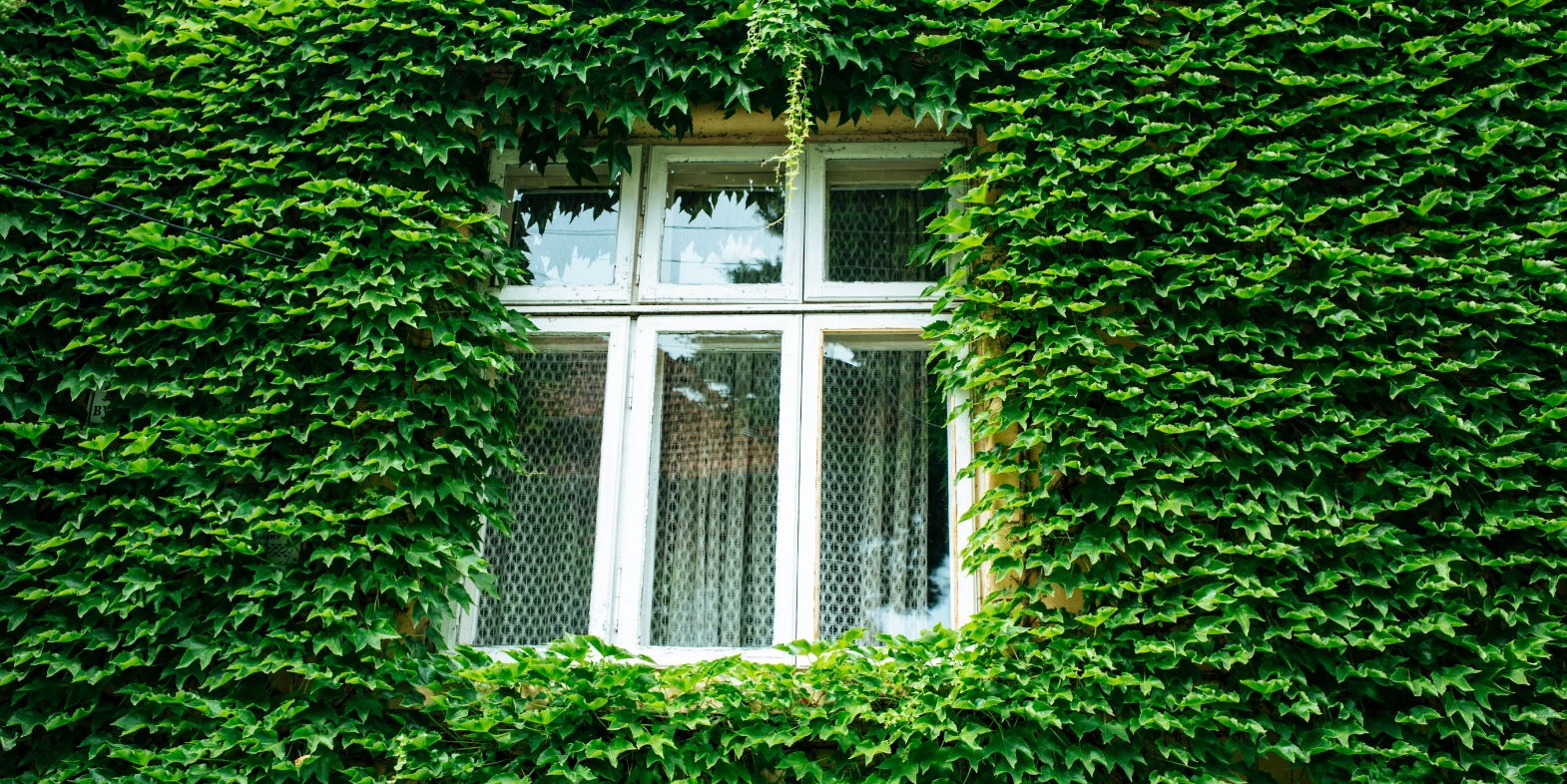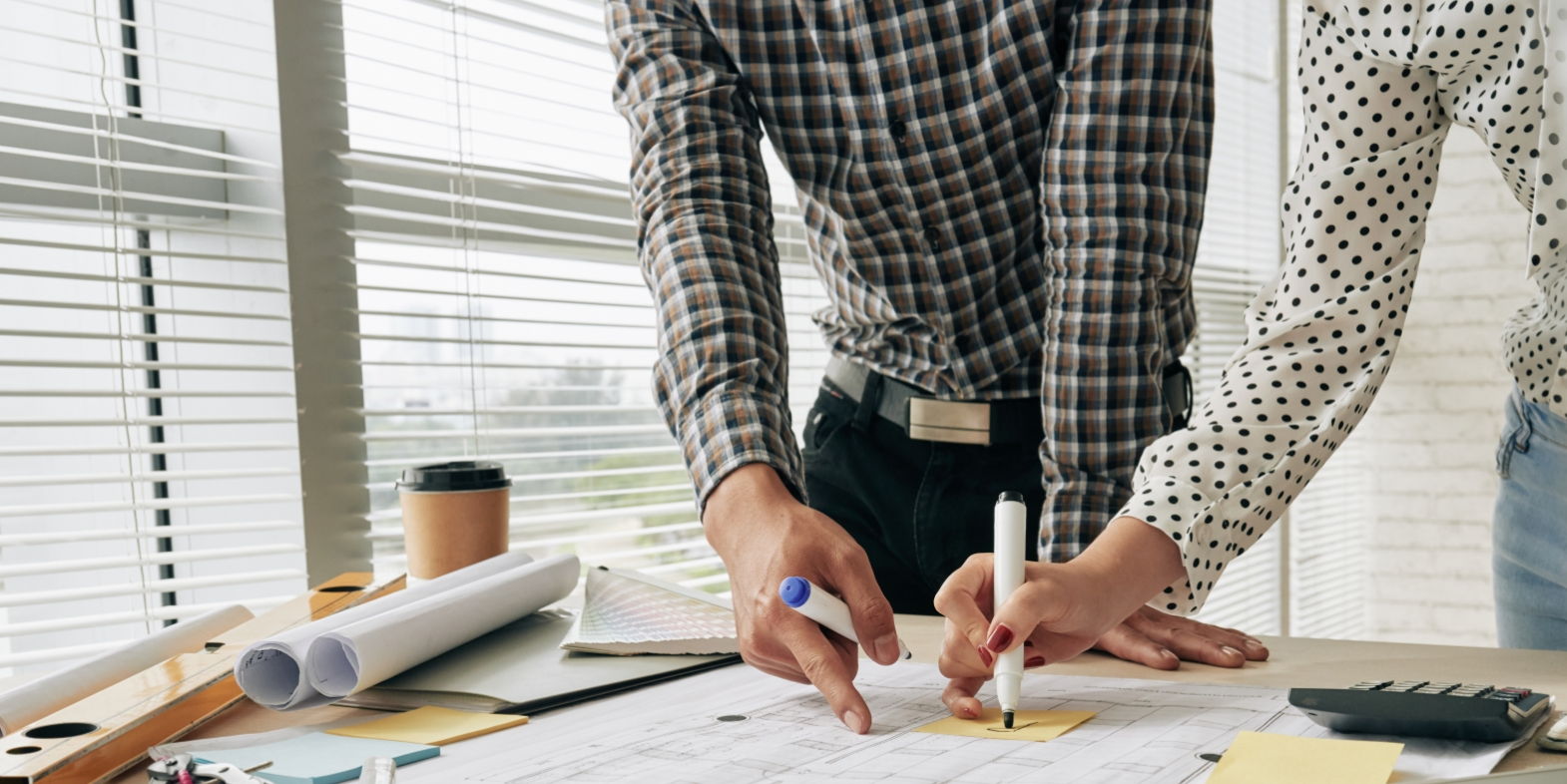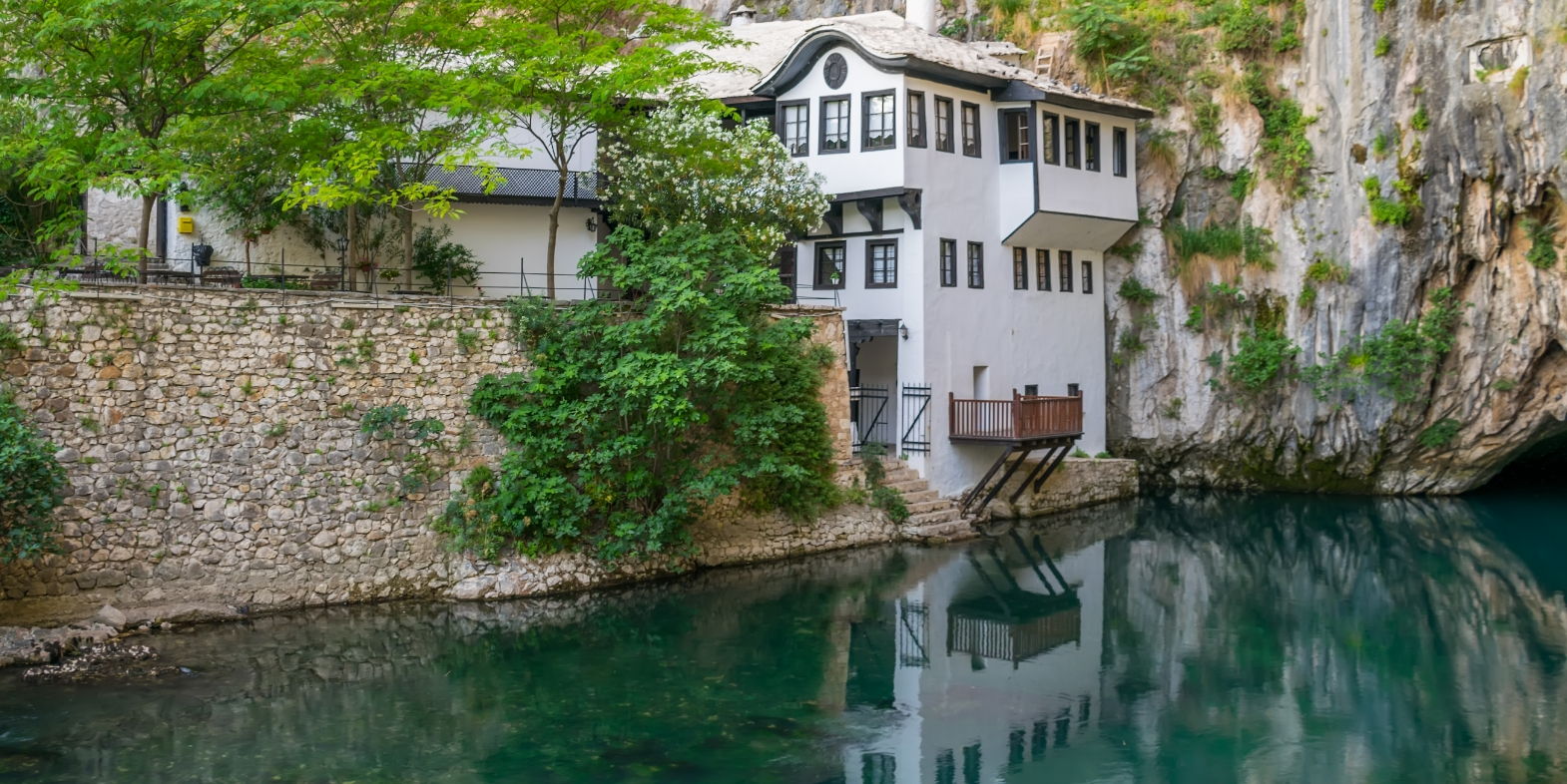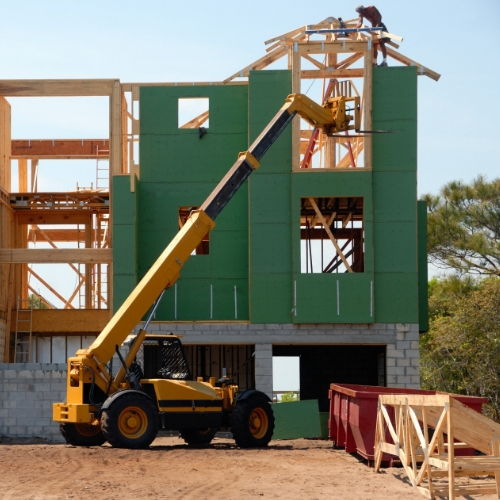Are you planning to build a custom home?
Do you want your custom home built on time and on budget?
In this article, you’ll find six tips for successfully building your custom home that will help you avoid common mistakes that can sabotage your project.
What’s special about a custom home?
Unlike a spec home or resale home that makes you adapt to someone else’s space, a custom home is your space to design. You decide the layouts of the rooms, the style of the finishings, and the quality of the building materials. But while you consider these benefits, it’s important to know how to avoid common pitfalls that can happen when designing or building a new home.
Here are six mistakes many people make:
1. Buying a lot before knowing what the site prep and servicing costs will be.
Most people have their lot picked out long before they build their custom home. Privacy, waterfront views, and proximity to amenities — are all common features you look for when choosing a site. But what you might forget is how much it will cost to prepare and connect services to it. And that’s where budget inflation begins.
 Site preparation costs that you need to consider include environmental remediation and municipal zoning. Do you have a contingency fund for removing Asbestos in an existing structure? What about an underground oil tank? Are there any tree, water or streamside covenants that you will be subject to? Will you be building on a flood plain or in a Tsunami zone? All of these factors influence the cost of preparing and servicing your site.
Site preparation costs that you need to consider include environmental remediation and municipal zoning. Do you have a contingency fund for removing Asbestos in an existing structure? What about an underground oil tank? Are there any tree, water or streamside covenants that you will be subject to? Will you be building on a flood plain or in a Tsunami zone? All of these factors influence the cost of preparing and servicing your site.
Connecting municipal services like water, sewer, electricity, and gas to a new home site can also be expensive, especially here in Victoria where we essentially live on top of a big hunk of rock. We know one custom homeowner who recently spent $150,000 preparing their site for construction. Another spent $100,000 blasting out ground rock.
The best way to avoid price shocks, later on, is to conduct a project feasibility analysis of your custom home site before buying the lot. Doing so will give you peace of mind knowing exactly what you’re getting into before you build.
2. Imposing a home design on a site, instead of adapting a design to it.
Just like people, building sites have distinct characters. And those features that first attracted you could also be the ones that cause you the most grief down the road. For example, that gorgeous waterfront view you lusted for could come at the sacrifice of your home’s solar efficiency. Or your dream site could be in one of those close-knit neighbourhoods where every new home design has to be blessed by the local community association. Or you could be in a municipality that has limits on the size of homes and outbuildings you can build.
 Adapt your home to the site rather than imposing on it. All of these are good reasons for picking a site carefully. But if you’ve already bought a lot, you’re much better off adapting your home design to the idiosyncrasies of the site instead of trying to force a predetermined design onto it. If you have a lot full of mature trees, for instance, why not incorporate them into the landscape design rather than clear cutting them? You’ll save yourself time, money and grief if you design a home that harmonizes with its environment rather than imposes on it.
Adapt your home to the site rather than imposing on it. All of these are good reasons for picking a site carefully. But if you’ve already bought a lot, you’re much better off adapting your home design to the idiosyncrasies of the site instead of trying to force a predetermined design onto it. If you have a lot full of mature trees, for instance, why not incorporate them into the landscape design rather than clear cutting them? You’ll save yourself time, money and grief if you design a home that harmonizes with its environment rather than imposes on it.
3. Starting a home design before creating a budget.
How often have you thought you told your contractor one thing, only to get something totally different? The same thing happens in-home design all of the time. Clients commission a house designer or architect to develop a set of plans, and get something unexpected. For example, we recently heard about a retired couple who balked at an 8400 sq ft home design — for good reason. Who wants to clean and maintain that much space?
 Work out a budget number before starting your home design. more often than not, when you trace the problem backwards, it comes down to designing without knowing the budget boundaries. Home design impacts everything about your project — from the exterior landscape to the interior finishings. Figuring out a realistic budget threshold in advance of design is the best way you can prevent disconnects from happening between you and your designer, and keep costs from escalating out of control during construction. And that’s where a good contractor can add a lot of value.
Work out a budget number before starting your home design. more often than not, when you trace the problem backwards, it comes down to designing without knowing the budget boundaries. Home design impacts everything about your project — from the exterior landscape to the interior finishings. Figuring out a realistic budget threshold in advance of design is the best way you can prevent disconnects from happening between you and your designer, and keep costs from escalating out of control during construction. And that’s where a good contractor can add a lot of value.
4. Choosing a home designer that doesn’t match your style.
You wouldn’t hire Picasso to do a landscape painting, so why on earth would you expect an architect known for building modern west coast homes to build an arts and crafts style? You’re more likely to end up with a hybrid design rather than what you really wanted. This happens all the time. Why? Because home designers fall back on their strengths, especially when faced with time or budget pressures.
 Ask your contractor for a recommendation for a home designer. The solution is to consult with an experienced builder at the start so you can get a recommendation from a designer who matches your design sensibilities. A general contractor who has built a wide range of custom homes will know who specializes in the style of home you are seeking, and more importantly, who doesn’t.
Ask your contractor for a recommendation for a home designer. The solution is to consult with an experienced builder at the start so you can get a recommendation from a designer who matches your design sensibilities. A general contractor who has built a wide range of custom homes will know who specializes in the style of home you are seeking, and more importantly, who doesn’t.
5. Not incorporating green building strategies in your home design.
Most of us have heard of green building practices. But the problem is that we have misconceptions about what it costs to incorporate these techniques into our renovation, house extensions, or custom home builds.
 Green building practices have big health and budget benefits. The truth is that most green building practices factored in at the design stage cost little to nothing extra. Roof overhangs, window orientation, heating systems — most of these savings come from engineering changes, not architectural ones. That means you can protect your health, enhance comfort, and save money without sacrificing the style of house you love. This is the essence of green building done right.
Green building practices have big health and budget benefits. The truth is that most green building practices factored in at the design stage cost little to nothing extra. Roof overhangs, window orientation, heating systems — most of these savings come from engineering changes, not architectural ones. That means you can protect your health, enhance comfort, and save money without sacrificing the style of house you love. This is the essence of green building done right.
6. Not talking to important and relevant references.
One of the biggest mistakes we see people make when selecting a home designer or builder comes during the reference check. Usually, the process goes something like this: You get a recommendation from a friend or colleague. Then you do a face-to-face meeting. Next, you go through a list of references that, inevitably, check out spotlessly. Finally, you do a tour of the designer or builder’s past projects. By this point, you’ve already made your decision.
 Talking to the right references is key. The problem with this approach is that many people don’t check “relevant” references. In other words, you don’t check to see if the designer or contractor has built the type of home you are interested in building. And if they have little or no experience in the home style you want, guess what makes you? A lab rat. You are the lucky one whose money they get to experiment with. And these experiments rarely turn out well for you. So please, make sure you check out the homes that are close to the style that you actually want to build before you choose a custom home designer or builder — you’ll save yourself a lot of heartache (and cash) down the road.
Talking to the right references is key. The problem with this approach is that many people don’t check “relevant” references. In other words, you don’t check to see if the designer or contractor has built the type of home you are interested in building. And if they have little or no experience in the home style you want, guess what makes you? A lab rat. You are the lucky one whose money they get to experiment with. And these experiments rarely turn out well for you. So please, make sure you check out the homes that are close to the style that you actually want to build before you choose a custom home designer or builder — you’ll save yourself a lot of heartache (and cash) down the road.
Summary:
There are right ways to go about building a custom home, and wrong ways. Who you choose to work with is as important as how well you plan. Follow the advice above and you can avoid the most common traps that people find themselves in, and save a lot of time, money and stress as a result.
